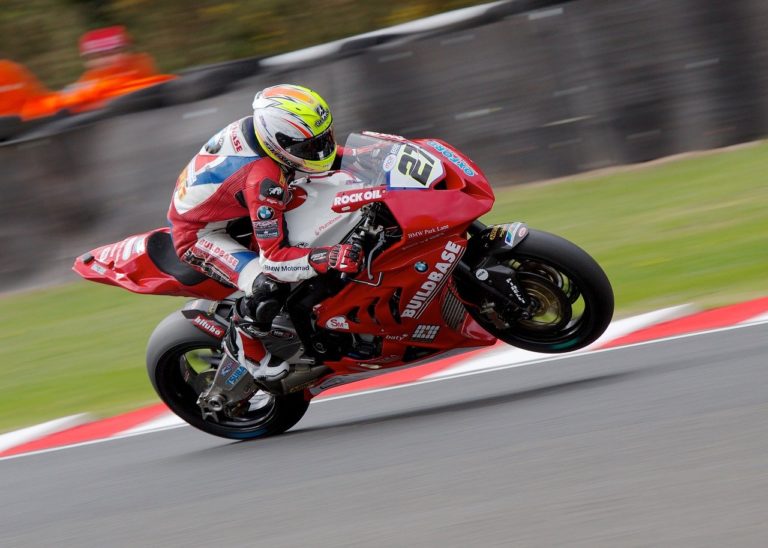No matter where you are, you will be hard-pressed to find a motorsports enthusiast who doesn’t like either Formula 1 or Moto GP. After all, they are the summit of all wheel-based sports, and their levels of glamour, technology, and finances are unmatched.
Having said that, let us look at three of the most interesting, controversial topics of discussion in these two realms of motorsports today.
Driver Weight
If you want to maximize the amount of car space you have in your garage or auto shop, a great idea would be to invest in a 2-post car lift system that allows for the storage and proper maintenance of more than one vehicle. The same is true in motorsports like Formula 1 and Moto GP. It is all about finding an adequate balance between weight, space, and efficiency of use.
In the seventies and eighties, there was little emphasis placed on driver fitness and health. If one were to go back and look at the breathtaking battles between legends like James Hunt and Niki Lauda, one would often see professional drivers smoking minutes before a race. And if you looked at their bellies, a six-pack is not what you would find.
Multiple world champions like Michael Schumacher and Ayrton Senna changed everything. Even if they were inside a vehicle, they understood that the fitter you were, the longer you would be able to concentrate, and the longer you could concentrate, the faster you would drive.
Today, it appears as though fitness has reached the other end of the spectrum. It is no longer about being strong and healthy. Rather, it is about being thin. The thinner you are, the more ballast your car can have and still meet maximum driver-vehicle weight requirements. And ballast ads downforce, which means better grip levels and more speed.

Team Budgets
One of the best decisions the Fédération Internationale de l’Automobile (FIA) has ever made is to approve the first-ever set of financial regulations on team budgets for 2021. This year, there will be a limit on how much money individual teams can spend every year. Furthermore, this number will continue to decrease in the coming years, from the proposed 175 million dollars in 2021 to less than 140 million by 2023.
As of 2020, the Mercedes Benz F1 team had an annual budget of close to 500 million dollars. In contrast, Team Williams had little over 130 million in its pocket to spend on car development, driver recruitment, engineer salaries, testing, and transportation costs. Even though money doesn’t always buy success, it does not take a genius to understand one of the reasons why Mercedes Benz has won the last seven world championships.
Of course, Mercedes has the services of Lewis Hamilton, one of the best drivers ever to grace the sport. Still, it doesn’t hurt to have almost four times the amount of money that other teams do. Aside from having the financial resources to hire better drivers and engineers, it also allows “rich” teams to do more research and development in aerodynamics, lightweight carbon composite materials, tire degradation indices, and fuel consumption trends.
Driver Assistance
Moto GP is the pinnacle of all two-wheel sports. Every year, riders from various countries compete in 19 races in over 12 different countries to determine who the best is in three categories. There are those taking part in smaller divisions such as 125 and 250 milliliters. As for the big boys, they ride 500-milliliter machines reaching speeds of up to 400 kilometers per hour.
Through the years, the technology used in Moto GP has developed at an incredible rate. It includes measures related to safety, rideability, and aerodynamics. Today, a rider can be on a motorcycle taking a 90-degree turn at top speed, fall off, and still live to fight another day. In most cases, he can get up from the dust, jog back to the paddock, and be on a replacement bike in less than five minutes.
There are very few negatives that technology has brought along with it. Still, one aspect many aficionados and pundits of the sport alike do not agree on is the level of assistance a motorcycle should give its rider. For instance, teams like Suzuki and Honda used to have “launch mechanisms” connected via wifi to traffic light systems. As soon as the final red light went off, the engine would automatically start and thrust the bike forward. As such, a rider would be ahead of his competitors regardless of his ability, his acumen in vision, or his reflexes.
Many true motorsports lovers often debate three issues: driver weight, team budgets, and electronics in Formula 1 and Moto GP. Perhaps they do so looking for an answer to one of life’s most interesting questions. Is it man or machine? Is it skill or technology?
Only you can be the judge.








